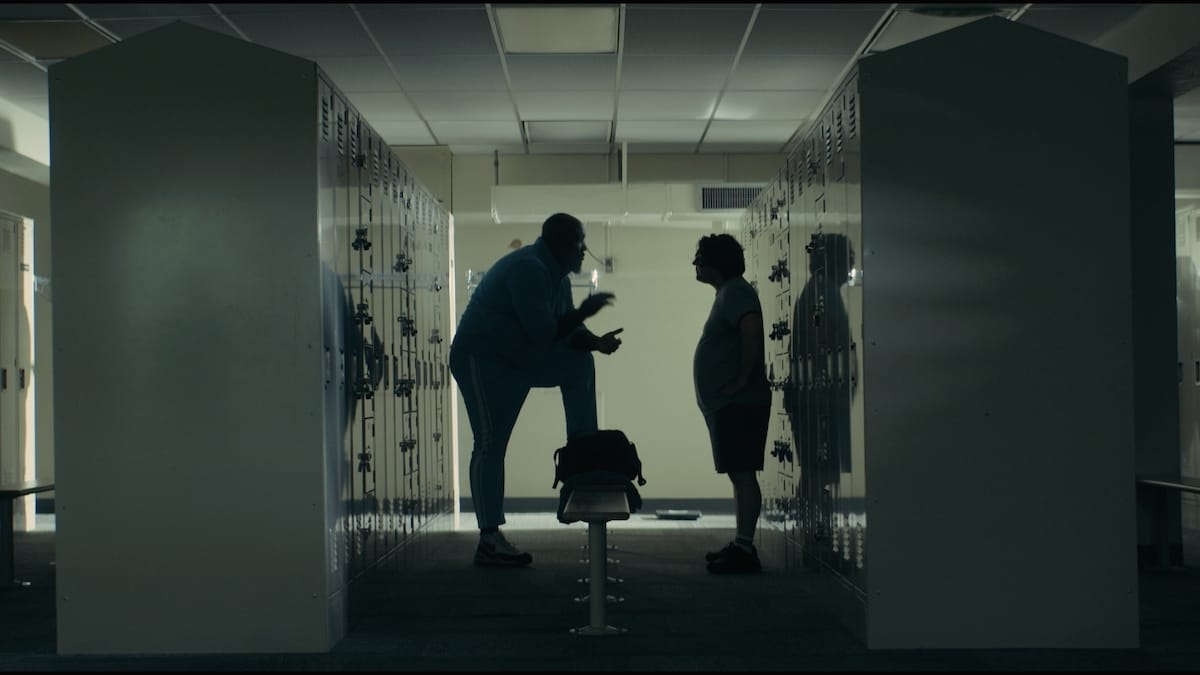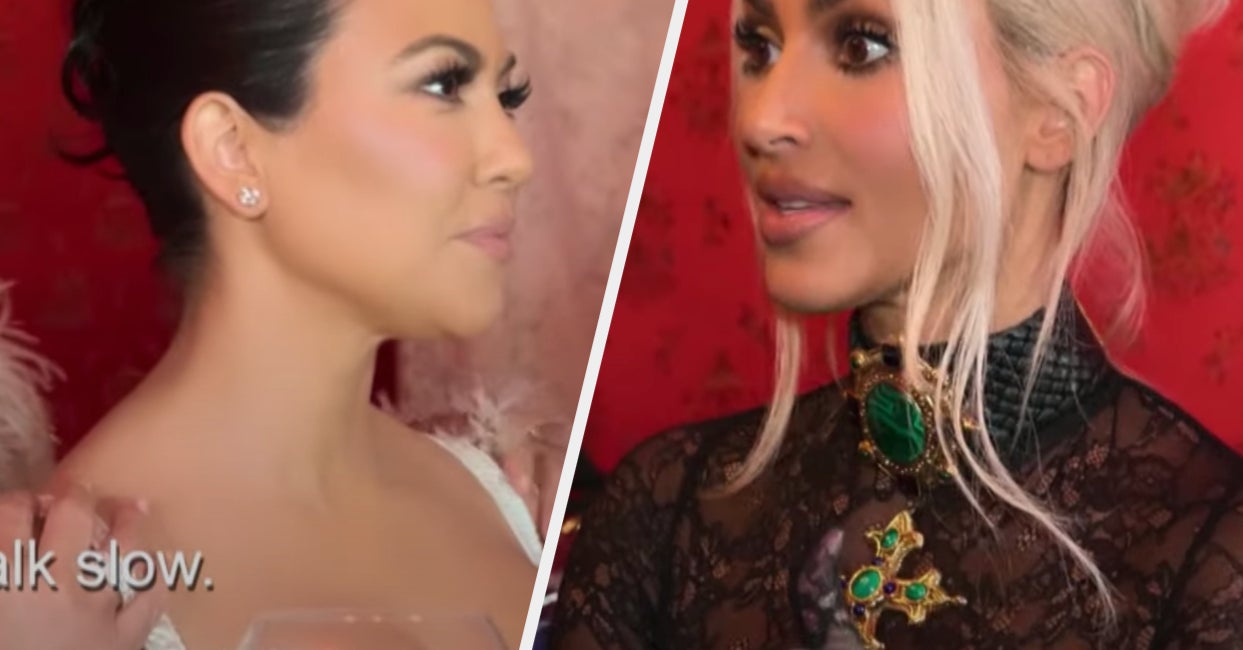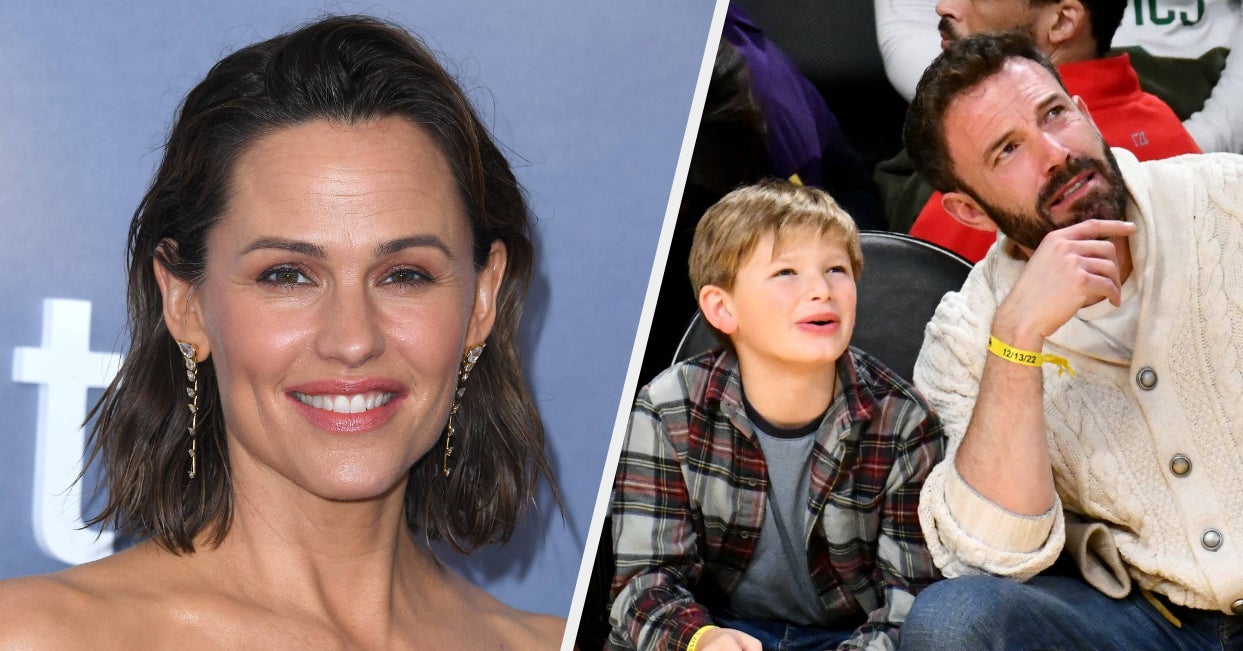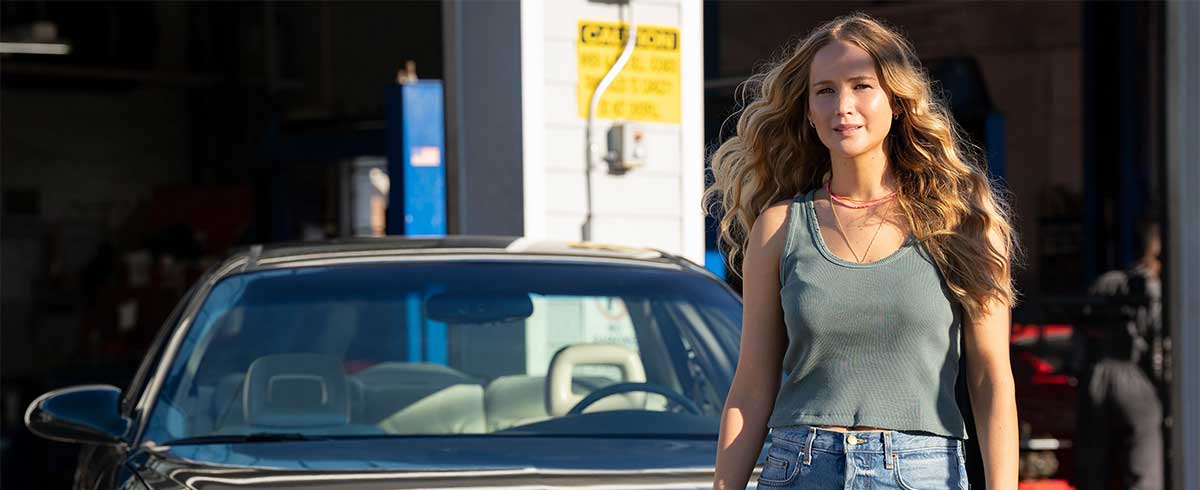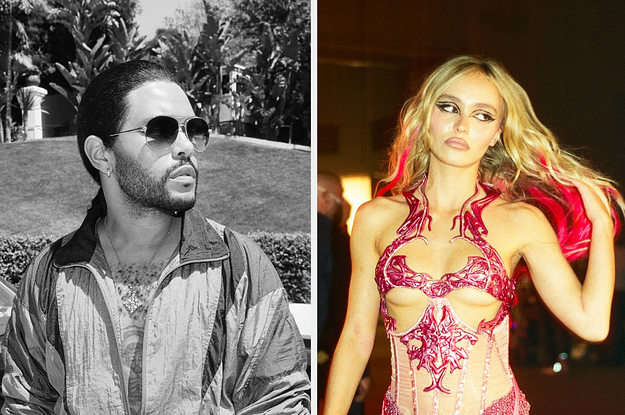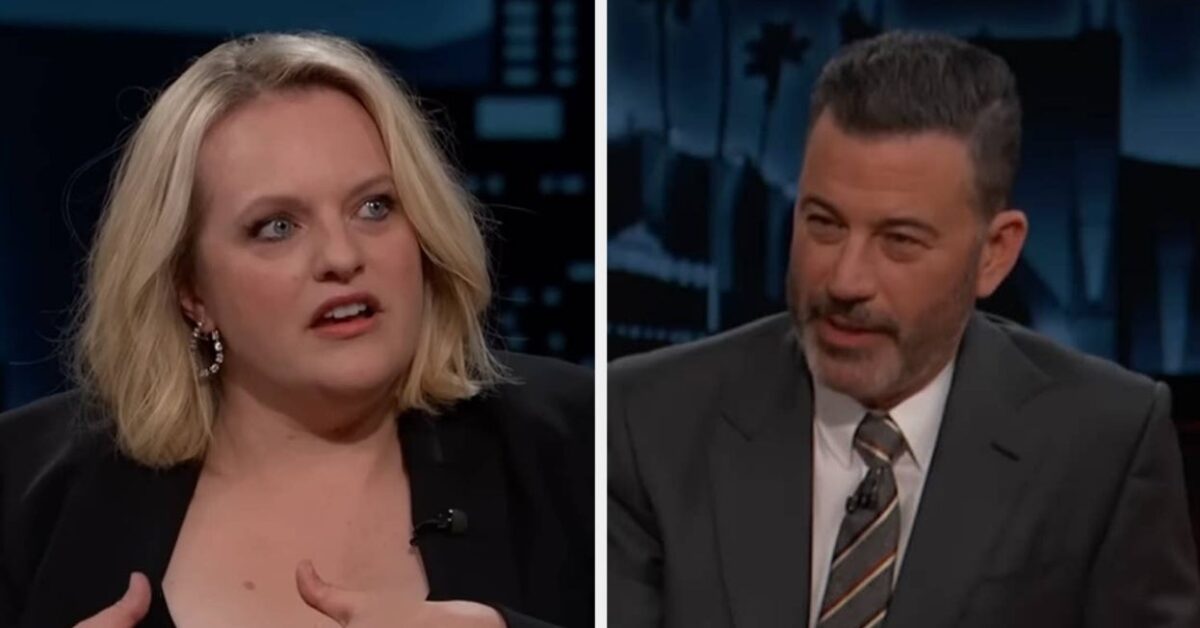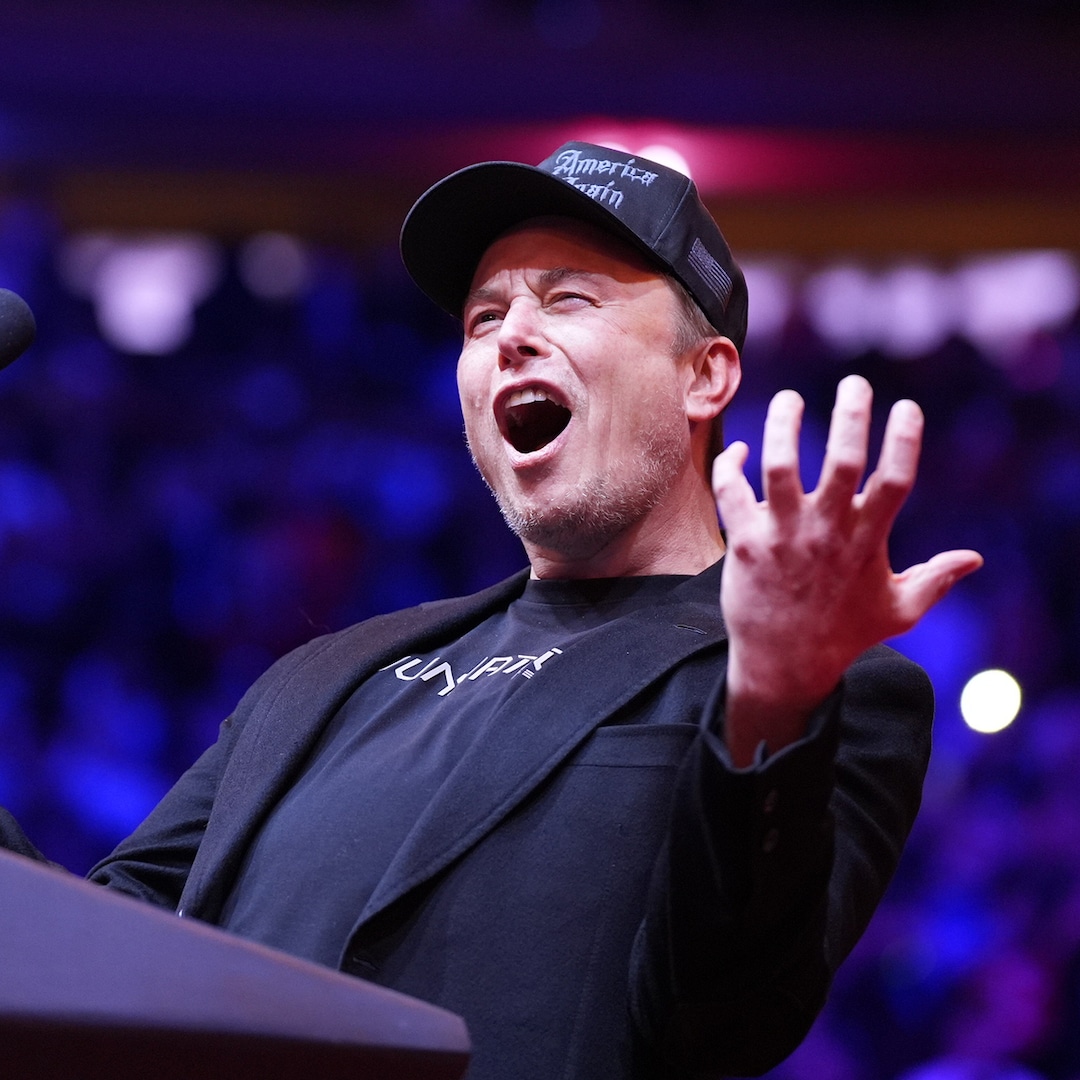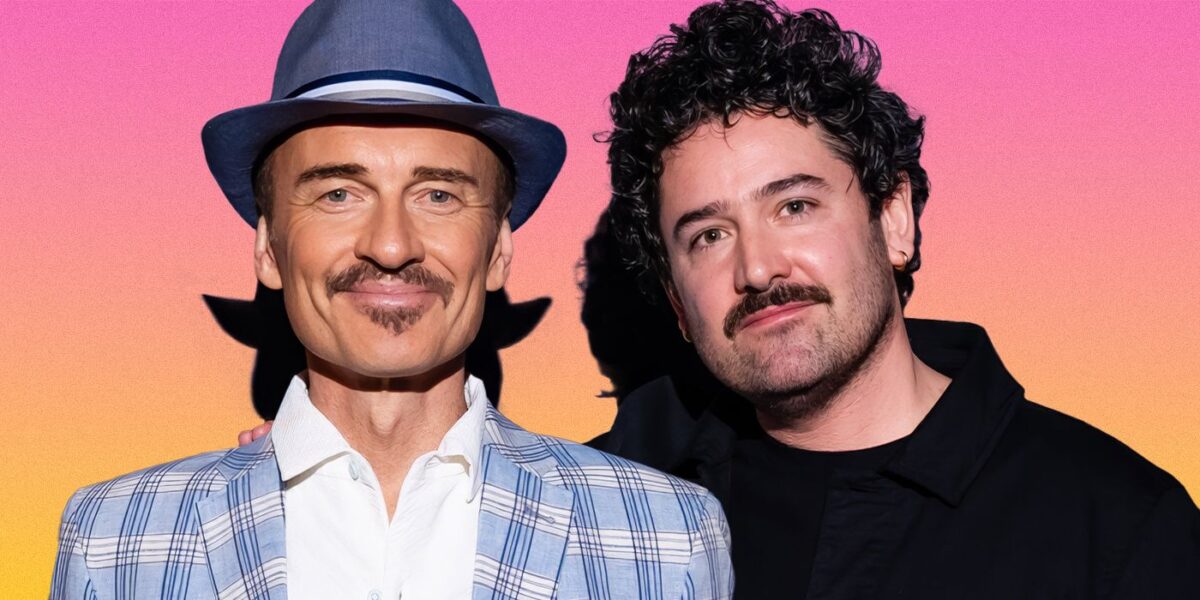
‘The Surfer’ Director on the Challenge of Crafting Nicolas Cage and Julian McMahon’s Psychological Thriller
Mar 28, 2025
Summary
Collider’s Steve Weintraub speaks with filmmaker Lorcan Finnegan and Julian McMahon for The Surfer at SXSW 2025.
Finnegan talks about filming in one location, the New Wave Australian films that inspired The Surfer, and their World Premiere at the Cannes Film Festival.
McMahon discusses working with Cage’s energy, finding his character opposite Cage, and the most challenging scenes of their 27-day shoot.
How can anyone not love Nicolas Cage? A new film premiering at South by Southwest in 2025, The Surfer, features Cage at his most energetic and unbridled.
From Vivarium director Lorcan Finnegan, Cage plays the titular surfer who returns to his idyllic childhood beach, where he’s humiliated by a group of locals who deny him and his connection to this land. Amid the unrelenting antagonization, The Surfer is eventually drawn into a conflict that pushes him to the breaking point.
At SXSW 2025, Collider’s Steve Weintraub sat down with Finnegan and co-star Julian McMahon, who plays the lead aggressor in the film, Scally, to discuss The Surfer, leaving viewers on the edge at all times, working with an intense creative spirit like Cage, and the influence of Australian New Wave cinema. Check out the full conversation in the video above or in the transcript below.
‘The Surfer’ Is Inspired by “New Wave Australian Films from the ’70s”
“It’s a wild ride.”
COLLIDER: I really want to start with how much I enjoyed your movie. How have you been describing the film to people who aren’t familiar with it?
LORCAN FINNEGAN: I really hate having to do that, but let’s call it a thriller. This is a psychological thriller, but it’s also got some psychedelic elements to it, and it’s a wild ride. It’s a very unique, very strange film, but also a lot of fun.
One of the things about the film that I really enjoyed is it keeps the audience off balance. Can you talk about that aspect?
FINNEGAN: Well, that was the script. The script was written by Thomas Martin. He sent me a two-page outline for a story, and we both loved New Wave Australian films from the ’70s, so we felt this could be transposed into Australia to do a more contemporary version of that kind of thing. The script was then woven to be this journey that the character goes on, where the audience is thinking, “Are people gaslighting him, or is he starting to lose his mind, or what’s happening here?” It’s all in the script, that construction, and then just how we shot it and using visual language to throw people in those directions throughout the film.
I commend you again. It keeps you off balance.
Julian McMahon on Crafting His Character Opposite Nicolas Cage
“I wanted to see what Nicolas was bringing. I wanted to work off of that.”
Image by Photagonist
What was it about this script and story that said, “I need to do this?”
JULIAN MCMAHON: Well, at the time, I knew that Nic was playing the lead role, so that’s something that was interesting to me to be able to work with him. I’d seen Lorcan’s films before, so that was a bonus, as well, because I’ve seen a couple of his movies and I really enjoyed them. Then, it was just the character. When you read the script, you can see him, right? There are so many elements to this guy, and it’s an extraordinary character that we really haven’t seen before. It’s an opportunity to play something that you rarely get the opportunity to do.
FINNEGAN: You found interesting elements to bring out in the character, too.
MCMAHON: We had great discussions about what he’s going to look like, how he’s going to feel. You know that Nicolas is going to bring certain characteristics to his work because he’s very energetic, and he’s very distinctive in regards to the way that he likes to play things. You’ve got to find some way in there, and we worked together to find this really cool element of this character that wasn’t too forceful. If he’s kind of a bad guy, which he kind of is, kind of isn’t, right?
FINNEGAN: It’s kind of ambiguous, which is interesting.
MCMAHON: You’ve got all these different elements to play. There was so much depth to this character, so it was just a really great opportunity.
Image via Roadside Attractions Publicity
I’m so fascinated by how actors work and get ready to step on set that first day. You obviously know what you’re doing as an actor, but you were also going to be working with Nic Cage, who I just absolutely adore and love, and many people consider a phenomenal actor. What is it like in that month leading up to that first day of filming? In your head, how much are you thinking about everything? When does it really turn on for you in terms of, “Oh, I need to start really diving into this and figuring things out?”
MCMAHON: You do a lot of preparation. One thing I decided on this movie was I didn’t want to be overprepared. I wanted to see how it was going to evolve on set, because I wanted to see what Nicolas was bringing. I wanted to work off of that, and then I wanted to work with him. We’d had numerous discussions about what we were thinking. I really wanted to get the elements of the environment working with you, [Lorcan], as well. I remember the first thing we shot was that burger scene. A huge scene. It was like a five-page scene.
FINNEGAN: That was basically where you met Nic, that big, long scene where he’s offering you food.
That sandwich scene is awesome—it’s fantastic. That was your first day?
FINNEGAN: That was day one. That was also me going, “I hope the chemistry works between these two people.” They just met on set in that scene, and you’re, like, holding his face. [Laughs]
MCMAHON: We did 10 different interpretations of it to try and find the right one. In regards to your question, you do your work in regards to learning your lines and all that stuff, but I really wanted to make sure that I was finding the character on set.
Image via Roadside Attractions Publicity
I’ve seen Nic work on set, and he is always discovering new things and always finding new ways. What is it actually like directing someone who is so passionate about a role and working opposite someone like that, if you can talk a little bit about what it was like?
FINNEGAN: He’s very prepared, but we didn’t have any rehearsal time on the film. All the conversations between me and Julian on Zoom were in the weeks leading up, and same with Nic. He had a very particular view on the rhythm of his speech, which is interesting. A lot of the changes made to the script were just little dialogue trims and nips and stuff so that it would flow in a certain way from him. Very prepared and great energy. We moved very fast, as well. We were only shooting for about 27 days. It was like, “Go, go, go!” If the tape was good, we’d move on. Sometimes, we’d do two or three [takes], but never, “Again, again, again,” apart from that first day.
MCMAHON: It was a rehearsal for the whole movie.
That’s also a critical scene in the movie. I could understand, especially the first day, you’re still figuring out a few things, and that scene needs to work.
FINNEGAN: We’d been shooting for a good while already, so Nic had already gone through a lot of the stuff. His voice had changed, and he’s got no shoes on, and that’s when Julian just landed into that scene, basically.
“Why Doesn’t He Just Leave?”
This age-old audience question was answered in the edit.
I’m fascinated by editing because it’s ultimately where it comes together. You get in the editing room, you get your assembly cut, you’re getting ready to show it to friends and family. Are you ready to jump out the window?
FINNEGAN: Absolutely, it’s the worst feeling in the world! Ah, god, man. I feel bad for the editor, as well, because I work with the same editor, Tony Cranstoun, on a bunch of movies. It’s not his fault—it’s my fault. [Laughs] You’re basically just seeing the script turned into scenes that you shot, put back into the order of the script. It’s just a mess and it’s horrible. It’s depressing. That’s the challenge. You’re like, “Okay, let’s fix this and just get into it and start playing with it.” We had great fun editing The Surfer because the film is from Nic’s character’s subjective POV, he’s in every scene, and we experience it as he experiences it in the story. It allowed for interesting shifts in time and perspective in the cut.
That’s actually what I wanted to get into because you are keeping the audience off balance. You’re not 100% sure what exactly is going on. That had to have been a little bit tricky in the edit. I’ve spoken to a lot of directors, and they say that when you’ve watched the footage 1,000 times, you lose track a little bit. Once you had a cut that you were happy with. What did you learn from those early screenings that impacted the finished film?
FINNEGAN: There was only really one challenge, which was always in the scripts. It was one of those things where it’s like, “Why doesn’t he just leave?” It’s fine once his car battery is dead and all that kind of stuff, but on the first night. So, that was a thing we had to work on in the edit to try and just allow the audience to feel as he feels, that, “I’m not leaving because of that fucker.” He’s like, “You don’t belong here anymore.” That was an edit thing, as well, because that was from a scene that we’d shot that wasn’t supposed to be where it is in the film—his point of view remembering Scally saying, “You don’t belong here.” That’s the thing that makes you understand that being told to leave is what’s making him stay.
That was the only thing, really. Some of the stuff shot in the film wasn’t really in the script necessarily, but I just have this intuitive feeling that I needed shots to pepper throughout the film that would lead to this satisfying ending where you’re experiencing something from the past, from Nic’s childhood, that is sort of why he is the way he is. A lot of that stuff just had the producer asking, “Why are you doing this? Why is this guy on the beach lying in the sand?” It just felt like we needed those elements. They were really inspired by Nicolas Roeg’s films, as well.
You mentioned the Australian New Wave. There’s going to be people who are watching who are not familiar with it. Is there a film or two that you really want to single out?
FINNEGAN: I’d say Walkabout, Wake in Fright, Long Weekend, Picnic at Hanging Rock. There are so many, and they’re all so good. There’s just a period of time when there were just these really interesting films. With Ted Kotcheff, the Canadian who directed Wake in Fright, and Nic Roeg, who’s British, doing Walkabout, there’s also this tradition of non-Australians going to Australia to make a very Australian movie. We kind of felt like the outsiders’ view was an element that we could work on within the film—Cage’s character being born in Australia, but then leaving when he’s 10 or 12, coming back and having lost his accent, and all that stuff, making him more of an outsider.
Related
Going Down Under To Explore the Cinematic Movement That Birthed Mad Max
A beginner’s guide to Australia’s defining cinematic era.
Because Nic’s character was born in Australia, left Australia, and comes back, he feels like Australia is a piece of him, but he’s lost the accent and the locals don’t think he belongs. There’s an element to the film of talking about being an outsider in your own home. Could you talk a little bit about those themes of the film?
FINNEGAN: They were always elements for this character. In the very early draft of the script, he was actually Australian, like an Australian-Australian, and he was just trying to buy the home he grew up in, but it’s on the other side of the country. At one point, we were like, “I think it would actually make it better if he had an American accent or something, pushing that element of it.” Once we did, and Nic agreed to do the film, I was trying to get across the idea that he has a distorted view of this place and his past. He has this nostalgia about a place, but nostalgia is never really accurate. It’s a romanticized version. He thinks that by buying the house that he grew up in, it will fix all of his problems, which never really works.
The story for me was about him finding it in finding out what it is that he needs versus what he wants. He wants this materialistic stuff to fix his emotional needs. One of the things that was great to work on in the film was music, François Tétaz’s score. That was part of this nostalgia. We were inspired by exotica, a music style where they invent a type of music that sounds exotic, sounds like it’s from Hawaii or something, but it’s not using any indigenous instrumentation or anything like that. It just evokes a feeling. That’s what we’re trying to do with the score. It’s the auditory memory for the character.
You see the shooting schedule in front of you. You know it’s a tight shoot. What do you have circled in terms of, “I can’t wait to film this,” and what do you have circled in terms of, “How the F are we going to film this?”
FINNEGAN: There was a lot of that.
MCMAHON: I think every day was, “How the F are we going to film this?”
FINNEGAN: Some stuff that you think was actually not going to be that complicated turned out to be super complicated. That fight between Nic and Alex [Bertrand] in the water was just so complicated because the waves were sucking them either out or in. Sometimes there would be no water. They’re on the beach, and they’re sort of fighting, but they’re supposed to be in the water, so we’d have to do it again. All of that water stuff was super tricky. I think burning the car was also a big element, because we were in a national park, and there are huge bushfires in Australia, so we didn’t want to burn down the country.
Image by Photagonist
MCMAHON: I was looking forward to all of it. I was just excited to play this great character, and excited to play opposite Nicolas, and excited to work with this guy. There were so many creative elements to each day. Because of the schedule, we had to be creative on the fly. It wasn’t like we had this board scripted completely, and, “Let’s just stick to it.” Lorcan, a lot of the time, was just like, “I think I need this. I want to find this. Can we find this?” He set up the camera in so many different ways, so every day was an evolution of the piece itself.
As he was talking before, he was doing things that were not scripted so much, but he had an intuition that would be kind of good to help the movie tell the story. That was really interesting. Remember that scene that we did where all the bullet jets are in that thing, and we put the cameras on ourselves? It was a hard scene. We had this kit you had to put on your shoulders with a proper camera, which is like 60–70 pounds, so it’s heavy. We’re creating this trippy party scene, which just evolved as we were doing it, both inside and out. It was just this great element of going with the flow and finding the energy and finding the creativity and finding the elements that would be interesting and could tell the story better, and also just something unique.
The thing that’s amazing about movies is that there’s no right way to make one, and every director works a different way, and every actor has a different process.
Lorcan Finnegan Explains How He Managed to Shoot Using One Location
“It was quite unique.”
Image by Photagonist
For something like this, how much are you, before you step on set, thinking about every shot you want, and all of that kind of stuff? And how much are you, on the fly, figuring out where you want to put cameras, and having two cameras or three cameras or always just using one?
FINNEGAN: Every film is different. It requires a different way of thinking. I made a movie called Vivarium, which had to be quite controlled, so it needed a lot of storyboarding and stuff, because everything had to be built-in sets and all this kind of stuff. With this film, we didn’t really storyboard anything. I think one or two scenes, just to figure out Nic getting bitten by the rat under the seat. That took a little bit of figuring out between what was the real rat and which one was the animatronic one.
On this film, it was quite unique because we had this one location, this car park. It was actually one place where you walk down a path, and then you’re at the beach, and we built the tiki hut on the beach, and the bathroom is there. We clad it with some stuff, but everything was just there. Me and the DP were able to, in prep and on the weekends and everything, just walk through the scenes. It’s like a stage. So, we figured out a lot of stuff. We had me basically pretending to be these guys, Radek [Ladczuk], the cinematographer, would take photos. We just figured out the blocking and general ideas. When we got to it, then we had a bit of a plan.
Some directors, like Ridley Scott, shoot with eight cameras. Roger Deakins, it’s one camera and that’s it. Are you typically one camera on set, or do you try to do multiple cameras?
FINNEGAN: No, I have, in the past, only used one camera. On this, we actually got a second camera and a second cinematographer, a young dude, Tim from Perth. What I wanted from the second camera, though, wasn’t a typical sort of cross shooting. We had big, long lenses in the movie in general; it was a lot of super long zooms and stuff. With the second camera, I asked Tim to usually shoot details, like hands, textures, and hairy nostrils. We wanted all those masculine textures to be in the film, and it was great. We had this way of working, and when we didn’t need two cameras or the second cameras were in the way, the second camera would go off and shoot abstract stuff of water, waves, surfers, or nature stuff. We needed a lot of different sizes in the film, as well, to keep the energy moving within the cut.
‘The Surfer’s World Premiere at Cannes Was an “Out-of-Body Experience”
“It’s a parade of life itself.”
Image by Photagonist
The film premiered at Cannes, which is a really big deal. What did that mean for you to be at the festival, and now you’re at SXSW? These are really big festivals to be playing your movie.
FINNEGAN: Yeah, incredibly lucky. Cannes was amazing. It was in the Palais and all that. It was great. And I had some music videos here years ago, and then I had a short film here in 2012. That was the last time I was in Austin, so it’s great to be back here. The festival’s so cool.
What was your experience there? What did it mean to you to have this premiere there and now you’re at SXSW?
MCMAHON: The Cannes experience is something. You can’t really prepare yourself for it until you get there and you’re in it because there are thousands and thousands of people. In fact, when I was contemplating how I got here, and what I was doing and stuff, I was like, “How do you get into the hotel? Are there like thousands of people outside?” It’s very different here. It’s spread around the city, whereas in Cannes, there’s, like, thousands and thousands and thousands of people just outside the hotel, walking down the street. I mean, it’s a parade of life itself. It’s not just the film festival; its this extraordinary experience of people who are doing many different things.
Then, to do the Midnight performance, we got a standing ovation, which went for, like, a half hour! [Laughs] But it did because we had this commentary in the middle of it, and then they’d go again. It was this extraordinary experience of participation with an audience who really love Nicolas, as everybody does, but also the movie itself and what it speaks to, and how well it’s done, and how well it’s put together—all these different elements. It was an out-of-body experience, to a certain extent. Then, even the hotel was just rock and roll for four days straight. I was only there for four days. I’m sure it kept going for the whole two weeks, but it just did not stop.
The thing that I really loved about Cannes is how they treat premieres. Everyone in tuxedos, everyone dressed up, so fancy to go see a movie. There’s no place on Earth that treats the art form like that.
FINNEGAN: No, it’s wild. People from outside of the film business think that’s what directors walk around in all the time. You’re always on red carpets wearing tuxedos. It’s completely the opposite of reality.
It’s like pretend land for two weeks.
MCMAHON: It’s just masterfully done, the way that it’s executed. The way that it’s put together. When you’re in the mix of it, and you’re watching this thing work like clockwork, and then the cars move in and the audience moves, and then you go down the carpet, it’s quite an experience.
Special thanks to our 2025 partners at SXSW, including presenting partner Rendezvous Films and supporting partners Bloom, Peroni, Hendrick’s Gin, and Roxstar Entertainment.
The Surfer makes waves in theaters on May 2.
The Surfer
Release Date
May 17, 2024
Runtime
99 Minutes
Director
Lorcan Finnegan
Writers
Thomas Martin
Publisher: Source link
Jimmy Kimmel Was Left Visibly Stunned After Elisabeth Moss Told Him That A “Handmaid’s Tale” Crew Member Asked For The Underwear She Wore During Filming
I'm lost for words.View Entire Post › Disclaimer: This story is auto-aggregated by a computer program and has not been created or edited by filmibee.Publisher: Source link
Mar 31, 2025
Amazon Big Spring Sale: Best Anti-Aging Skincare Deals
Our writers and editors independently determine what we cover and recommend. When you buy through our links, E! may earn a commission. Some brands featured in this article are partners of Amazon's Creator Connections program, which means E! may make an…
Mar 31, 2025
Jenna Ortega Wore A Glass Dress That Has To Be Seen
"Sometimes there's pieces of it that are poking my ass."View Entire Post › Disclaimer: This story is auto-aggregated by a computer program and has not been created or edited by filmibee.Publisher: Source link
Mar 30, 2025
Elon Musk Sells X, Formerly Twitter, for $33 Billion to His AI Startup
Elon and the singer dated on-and-off for four years, starting in 2018. In September 2021, Elon told Page Six that he and Grimes "are, I'd say, probably semi-separated," adding, "It's mostly that my work at SpaceX and Tesla requires me…
Mar 30, 2025


